Botanically the Winter onion also as Allium fistulosum designated. There are a number of synonyms for the species, the most popular of which are believed to be Spring onion or Spring onion are. Other names are Spring onion, Scallops, Locust leek, Coarse chives or Winter hedge onion.
What you should know about the winter onion

The winter onion belongs to the Amaryllis family (Amaryllidaceae). These are perennial plants that grow herbaceous and can reach a height of one meter. Their minimum height is thirty centimeters. The leaves of the winter onion are hollow and round. The flowers of the plant develop between June and August and are white in color. The bracts are shorter than the stalks of the flowers, while the stamens protrude far beyond their envelope. A single flower is about an inch tall.
The winter onion seeds ripen in July and August. The period rarely extends into September. The clump-forming plant develops bulbs that are long, cylindrical and white. Red colorations are less common. The winter onion is therefore not a table onion in the true sense, but rather resembles the leek. The term "onion" is misleading.
Various cultivation types of the winter onion are known in Asia. The plant originally comes from the Orient, where it was grown around 4,000 years ago. In China, however, no onion was grown. This has only been the case for a few decades. Winter onions also grow wild in Siberia. From there she came to Europe in the 17th century. It was probably transported via Russia. It was introduced in England in 1629. After the Second World War, the cultivation of winter onions also played a major role in Germany. Alongside the potato, it was considered one of the most important vegetables. The winter onion has now become a cultivated plant. Today it is mainly grown in tropical areas. It tolerates frost and can therefore be sown the previous year.
In Asia, winter onions are usually grown after rice. The optimal temperature for the plant is a maximum of 25 and a minimum of 15 degrees Celsius. Spring onions can be found all year round, although they come from the greenhouse in autumn and winter. However, it is often the case that vegetables from the greenhouse lose some of their taste. In addition, the plants are often treated more heavily.
The winter onions, which are grown outdoors between April and September, taste best. The plant owes its name, among other things, to its light onion taste, which, however, is not as penetrative as common kitchen or table onions.
Importance to health
The winter onion is known for its positive effects on health. For example, it can be found in medicinal plant lexicons. It has a number of different healing effects, ranging from antibacterial to expectorant.
In fact, the winter onion is not only used by healers to strengthen health, but is also used for digestive problems, febrile diseases and to lower cholesterol. In addition, the winter onion is said to have a preventive effect against cancer. In addition to being used as food, it can also be used for poultices. The juice is also used. The winter onion helps against headaches, sore throats and hoarseness. It is also used externally in medicine for various types of stitches. This also includes wasp stings. In addition, it should help against intestinal problems such as colic or diarrhea and also fight stomach pain. Other areas of application are frostbite, boils, worms or anemia.
Ingredients & nutritional values
| Nutritional information | Amount per 100 gram |
| Calories 34 | Fat content 0.4 g |
| cholesterol 0 mg | sodium 17 mg |
| potassium 212 mg | carbohydrates 7 g |
| Fiber 2.4 g | protein 1.9 g |
The essential oils and tannins it contains are particularly interesting for the medicinal properties of winter onions. The plant also contains insulin-like substances such as sulfur compounds and alliin. They also contain vitamins B3, B6 and C and secondary plant substances, which are also said to have a positive effect on health. Sulfides and quercetin, for example, should be mentioned here. Flavonoids are one of the substances found in many medicinal plants. The minerals contained are healthy and also partially cover the daily requirement of an adult. This also includes trace elements such as potassium and iron. Beta-carotene is also found in winter onions.
Winter onions also contain hardly any fat and are therefore also interesting for figure-conscious people. 100 grams of winter onions contain just 23 calories and 0.5 grams of fat. For the same amount of the plant, there are two grams of protein, three grams of carbohydrates and 1.5 grams of fiber.
Intolerances & allergies
Systematic intolerance to winter onions is very rare. Reactions are also quite harmless. In severe cases, coughing, rhinoconjunctivitis, or breathing problems can occur. In addition, some people cannot digest winter onions, which can lead to digestive tract discomfort. These intolerances become noticeable through cramps, gas or diarrhea.
Shopping & kitchen tips
Winter onions are usually offered in bundles. You can find them in almost every well-stocked supermarket. When buying, particular attention should be paid to the freshness of the onions. The small onions shouldn't be injured or look battered. If the green of the winter onion is still fresh and crisp, the vegetables are usually fine.
However, spring onions should not be stored for too long. They can be kept in the refrigerator for a maximum of three days. After that, they should be consumed. The maximum storage period is extended to five days by cutting off the green. There is also the option of freezing winter onions. However, this process can negatively affect the taste of the vegetables. The preparation of the winter onion is carried out by removing the greens and the roots. The plant is washed and carefully dried. Then the outer skin can be peeled off and the onions chopped up. Depending on the recipe, the winter onion is particularly suitable as a bread garnish or raw food.
Preparation tips
The vegetables go well with almost every hearty dish. This connects the winter onion with the kitchen onion.The freshness is particularly popular in spring and the gentle aroma can be combined with almost anything. Due to its tenderness, it is particularly suitable for dishes that are not cooked or cooked only briefly.
The winter onion is particularly popular for herb quark, sauces or dips. But it also works well in soups or mushroom dishes. The main areas of application are also egg dishes and vegetable dishes. The winter onion is particularly popular in Asian cuisine. She also contributes a lot as an accessory. It goes well with various wok dishes or fish. Fried mung sprouts with winter onions, salmon skewers or pikeperch fillets are popular, for example. It can also be used for casseroles, in tortillas or sandwiches. As a side dish, winter onions are also suitable in stuffed tomatoes or peppers.

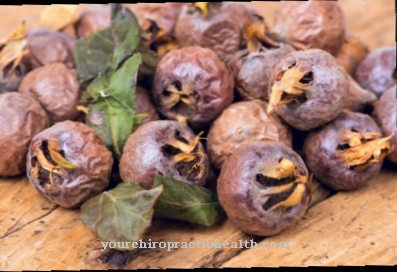
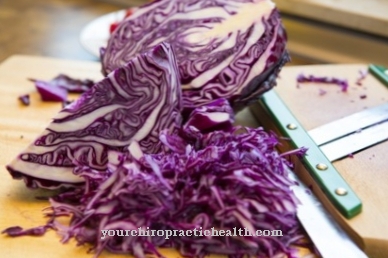
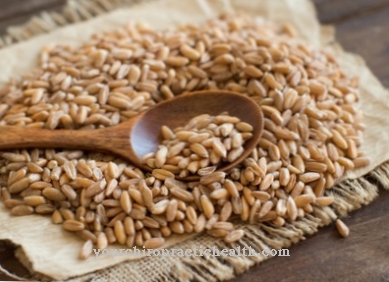

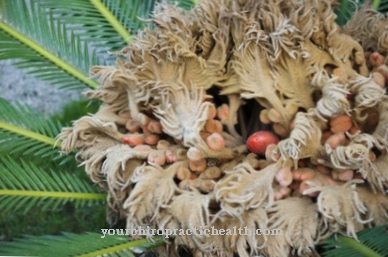
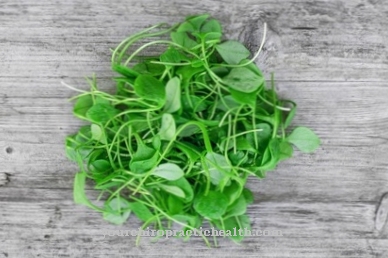






.jpg)

.jpg)
.jpg)











.jpg)